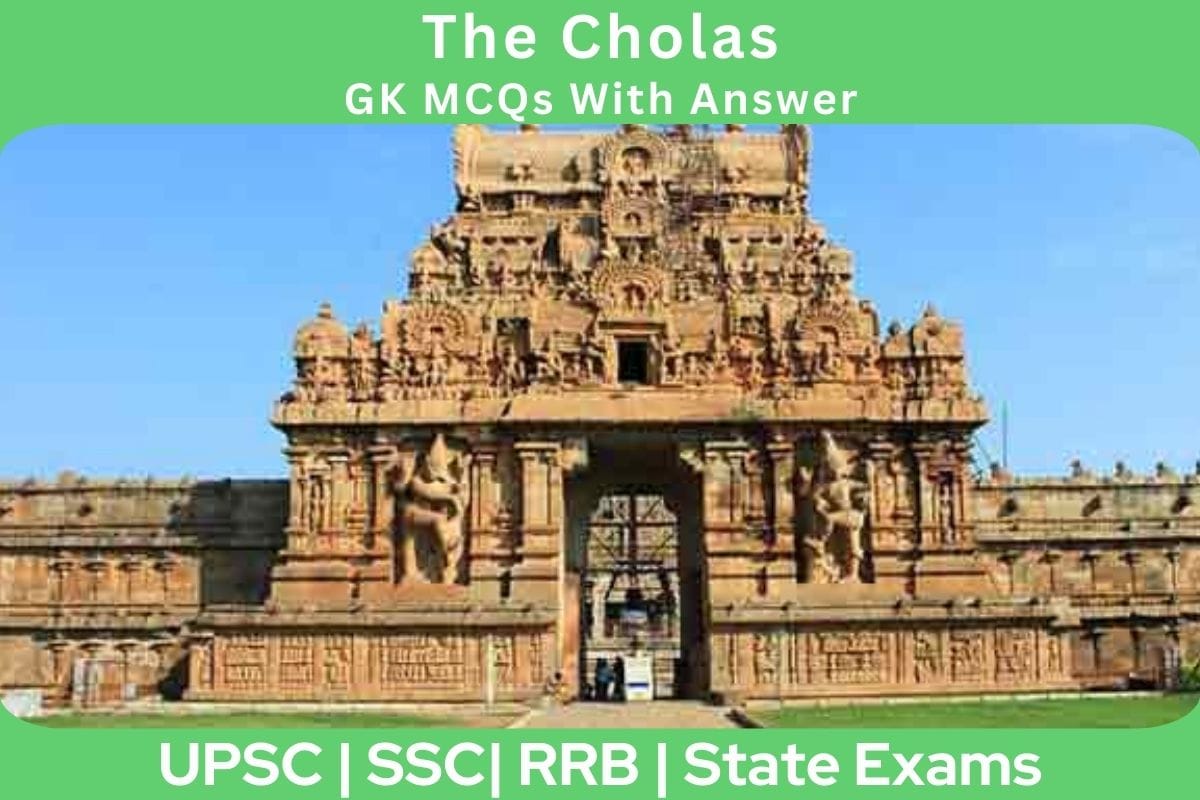
The Cholas, a powerful South Indian dynasty, left an indelible mark on the pages of history with their rich cultural heritage, maritime prowess, and remarkable architectural achievements. This introduction delves into the historical significance of the Chola dynasty, exploring their socio-political influence and contributions to art and literature.
MCQs with Answers and Explanations:
1. Which of the following Chola kings was defeated by the Rashtrakuta ruler Krishna III at the battle of Takkolam?
- Parantaka I
- Parantaka II
- Uttama Chola
- Arumolivarman
Show Answer
Correct Answer: Parantaka I
In circa 949 CE, the Chola king Parantaka I suffered defeat at the hands of the Rashtrakuta ruler Krishna III in the Battle of Takkolam. This victory prompted Krishna III to adopt the title ‘Conqueror of Kanchi and Tanjai,’ signifying the conquest of these prominent Chola territories.
2. Parantaka II’s rule is associated with which of the following periods?
- 937-953 CE
- 947-963 CE
- 957-973 CE
- 967-983 CE
Show Answer
Correct Answer: 957-973 CE
Parantaka II, also known as Sundara Chola, reigned from approximately 957 to 973 CE. He managed to regain much of the territory lost to the Rashtrakutas, including parts of Tondaimandalam. His military successes included defeating a combined Pandya-Sri Lankan army and launching an invasion of Sri Lanka.
3. Which of the following Chola Kings annexed northern Sri Lanka and named it Mummadi cholamandalam?
- Sundara Chola
- Uttama Chola
- Rajaraja I
- Rajaraja II
Show Answer
Correct Answer: Rajaraja I
Rajaraja I, a notable Chola ruler, orchestrated several military victories and expansions. He destroyed the Chera navy at Trivandrum, captured Quilon, and conquered Madurai. He extended Chola control to northern Sri Lanka, which he named Mummadicholamandalam, and even expanded into the Maldives islands. Rajaraja I also led a naval expedition against the Sailendra Empire in the Malaya Peninsula, enhancing Chola trade with China and achieving victories against the Western Chalukyas and the Rashtrakutas.
4. Which of the following Chola Kings led a naval expedition against the Sailendra Empire and expanded Chola trade with China?
- Rajaraja I
- Rajadhiraja
- Rajendra II
- Virarajendra
Show Answer
Correct Answer: Rajaraja I
Rajaraja I led a naval expedition against the Sailendra Empire in the Malaya Peninsula and expanded Chola trade with China. He also emerged victorious against the Western Chalukyas and the Rashtrakutas.
5. Which of the following Chola Kings killed his Pallava overlord Aparajita and brought Tondaimandalam (southern Tamil country) under his control?
- Aditya I
- Parantaka I
- Parantaka II
- Uttama Chola
Show Answer
Correct Answer: Aditya I
The Chola King Aditya I played a pivotal role in asserting Chola dominance. He defeated his Pallava overlord Aparajita and brought Tondaimandalam under his control around 893 CE. Aditya I also expanded Chola territories by allying with the Cheras and conquering Kongudesha from the Pandyas.
6. Which of the following Chola Kings came to power after Aditya I?
- Parantaka I
- Parantaka II
- Uttama Chola
- Arumolivarman
Show Answer
Correct Answer: Parantaka I
Parantaka I, who ruled from around 907 to 953 CE after Aditya I, secured several victories with the support of allies, including the Western Gangas, the Kodumbalur chiefs, and the ruler of Kerala.
7. Which of the following Chola Kings succeeded Rajaraja I?
- Rajendra I
- Rajendra II
- Virarajendra
- Kollutung I
Show Answer
Correct Answer: Rajendra I
Rajendra I, the son of Rajaraja I, continued the Chola dynasty’s expansionist policies during his reign from approximately 1014 to 1044 CE. He commemorated his triumphs over the Pala ruler Mahipala I and the Western Chalukyas by assuming the title of Gangaikondachola and establishing a new capital named Gangaikondacholapuram.
8. Which of the following rulers built a Shiva temple at Gangaikondacholapuram and excavated a tank called Chodagarg?
- Rajadhiraja
- Rajendra II
- Virarajendra
- Rajendra I
Show Answer
Correct Answer: Rajendra I
To commemorate the victory over the Pala ruler Mahipala I and the Western Chalukyas, Rajendra I assumed the title of Gangaikondachola and established a new capital named Gangaikondacholapuram. He also built a Shiva temple there and excavated a tank called Chodagarg.
9. Which of the following kings succeeded Rajendra I?
- Virarajendra
- Rajendra II
- Rajadhiraja
- Athirajendra
Show Answer
Correct Answer: Rajadhiraja
Rajadhiraja, Rajendra Chola I’s successor, ruled from 1044 A.D. to 1052 A.D. Known for his bravery, he earned the title of Jayamkonda Chola, signifying the victorious Chola King. Rajadhiraja also plundered Chalukyan cities like Kalyani and placed a Jaystambha at Yadgir.
10. Which of the following Chola kings adopted the title Jayamkonda Chola?
- Rajadhiraja
- Rajendra II
- Virarajendra
- Athirajendra
Show Answer
Correct Answer: Rajadhiraja
Rajadhiraja, known for his bravery, earned the title of Jayamkonda Chola, which means the victorious Chola King.
The Cholas Notes for UPSC Exam


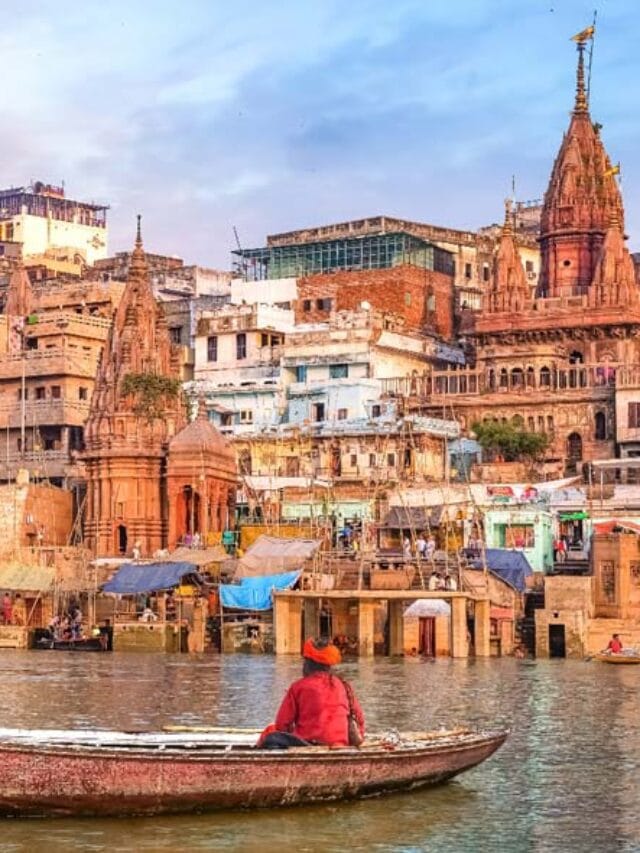
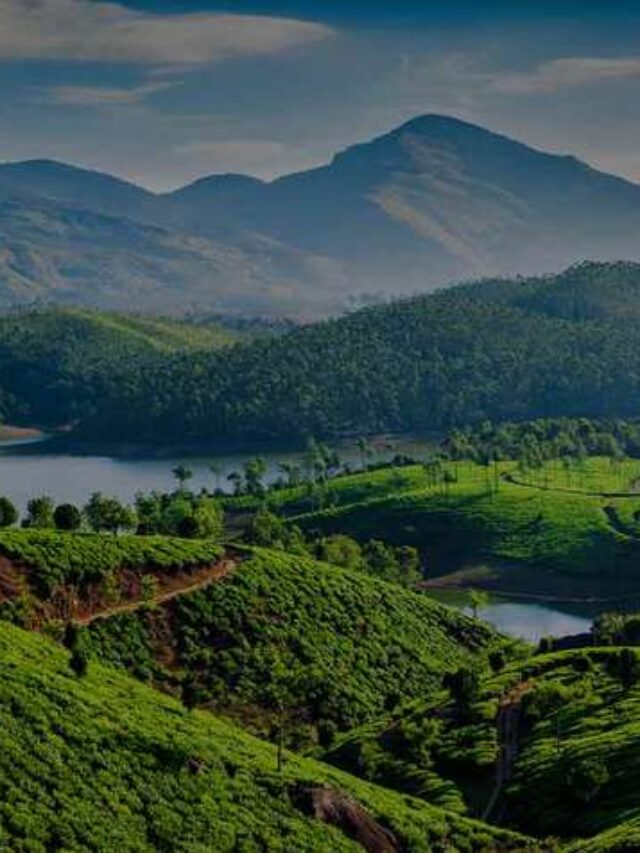
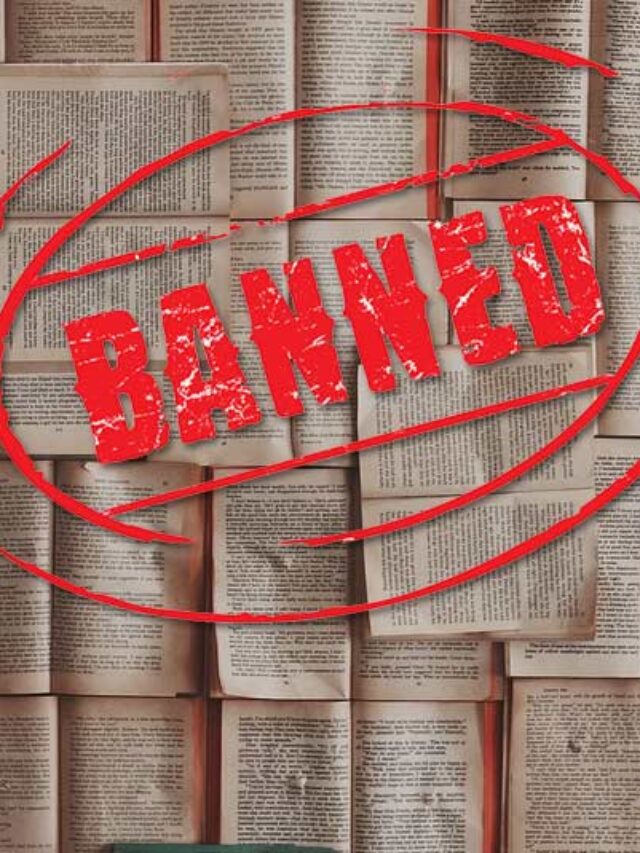

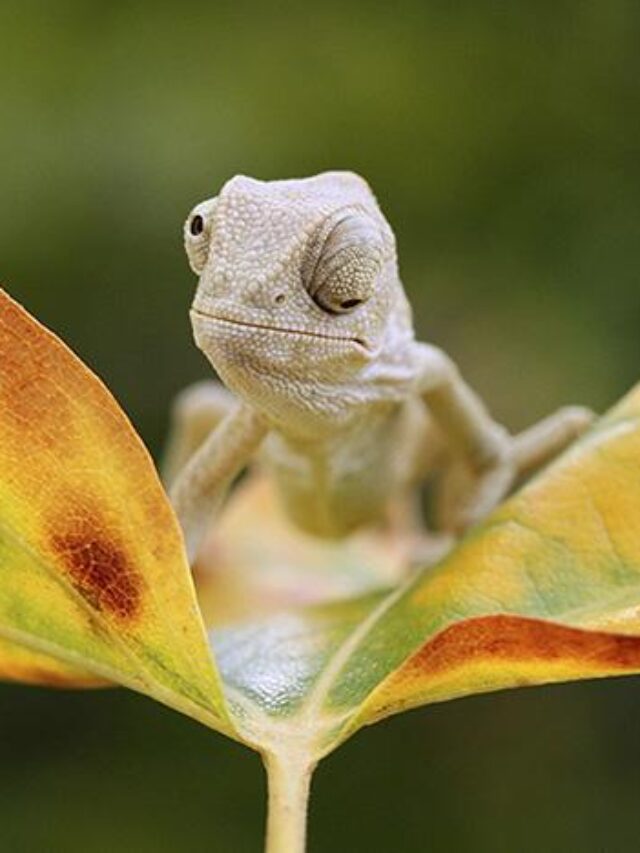

Leave a Reply